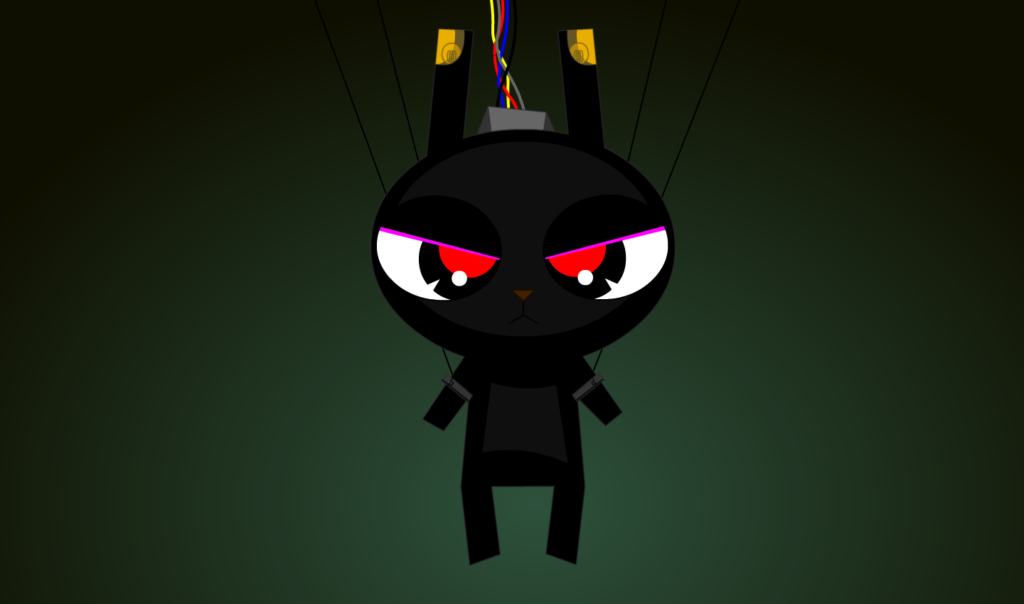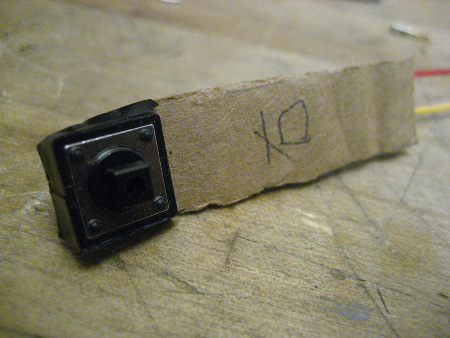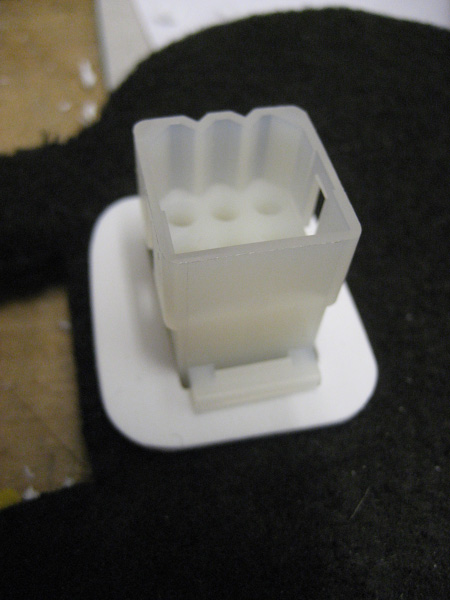
Something is going terribly wrong in the Cyberspace… Dr. Miyaki summons his favorite agent, Mabbit, to aid the investigation. Tab the body to run, and pinch both ears to send a shockwave of pain to the Mabbit’s circuit for destructive reflex!…
The goal of this project is to create a game interface that exercises those fingers we don’t normally use while playing video games. Since the early 80s, gamepads have become standard controllers for most of the home video game consoles. The first generation of gamepads consists of a directional pad (or joystick) and one to two buttons. It is a result (better?) of the competitive controller developments in the late 70s and early 80s. To master those standard controllers in the 80s, all a player needs are two healthy thumbs. The early 90s, Super Nintendo introduced two more buttons on the front of the gamepad, now players have to incorporate their index fingers into the control scheme. When Play Station came out at 1995, the controller has two more buttons that players have to either use both index and middle fingers or move their index fingers fast between the two front buttons (four on both sides). Gamepads that are designed after Play Station are basically built on top of it with more works for thumbs (Analog sticks and more buttons on the top). The number of fingers used in gaming didn’t change since then. There are special controllers that exercise all the fingers on one hand, such as ColecoVision Super Action controller (my all-time favorite), ASCII Grip (for RPG game in general), Play Station one-handed controller (for super robot war series), Guitar Hero, … etc. What about all the fingers on both hands? hmmm, interesting!
Fingers used in the home video games history (1980 to Current)
1980s
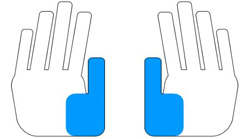

1990s
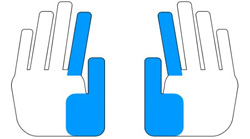
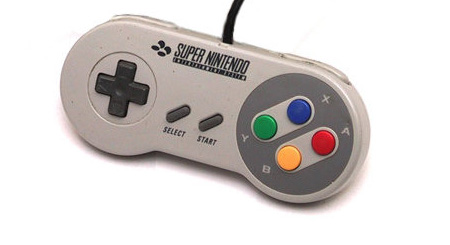
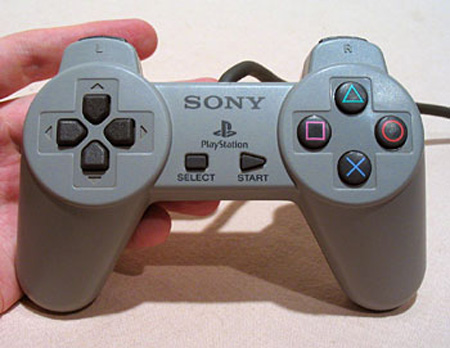
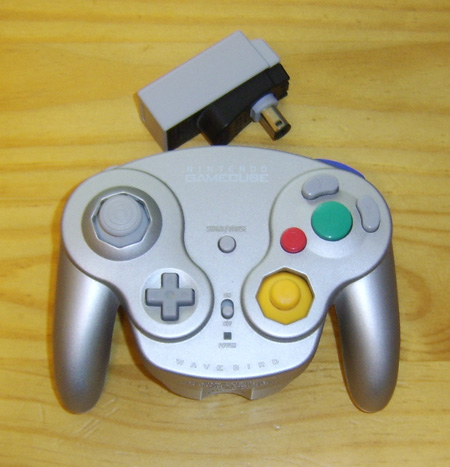
2000
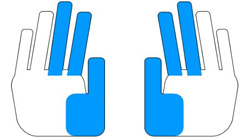
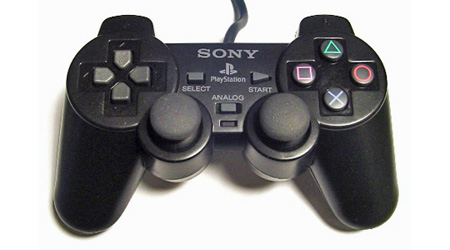
2006
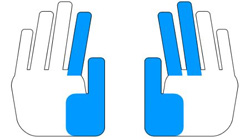
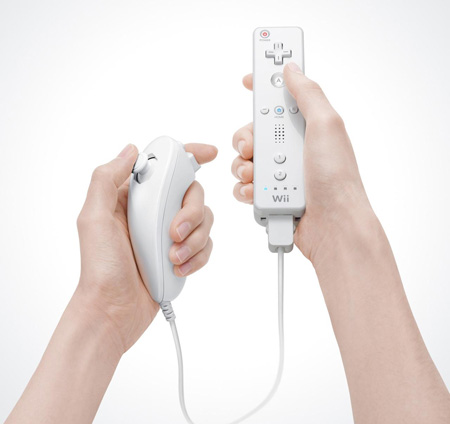
methodology:
I want to create a controller for the ring fingers and the pinkie fingers.
